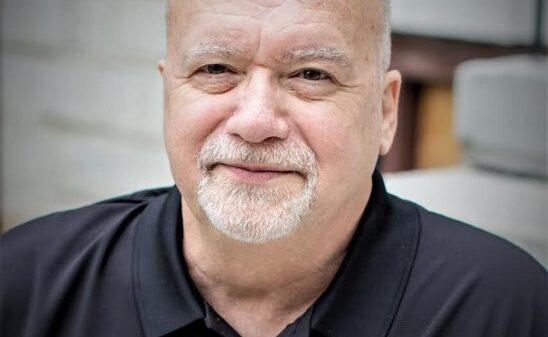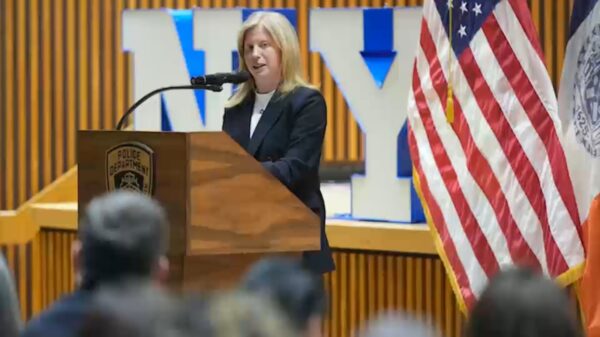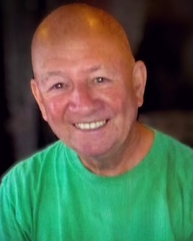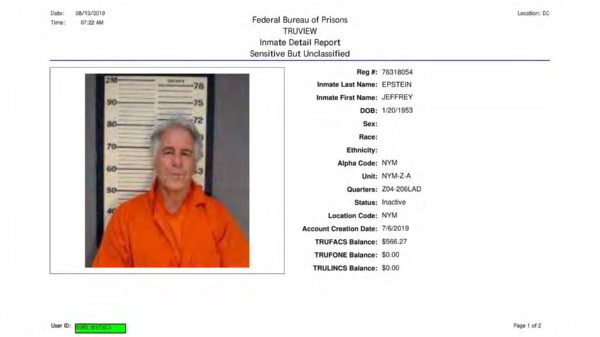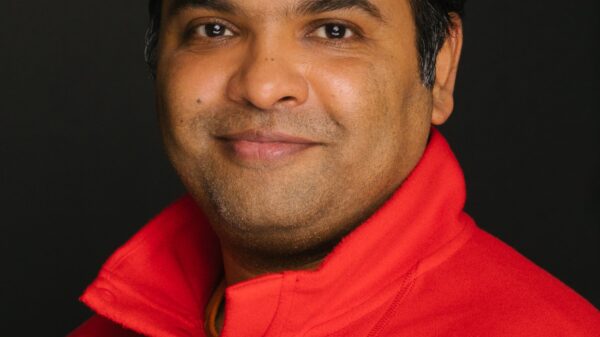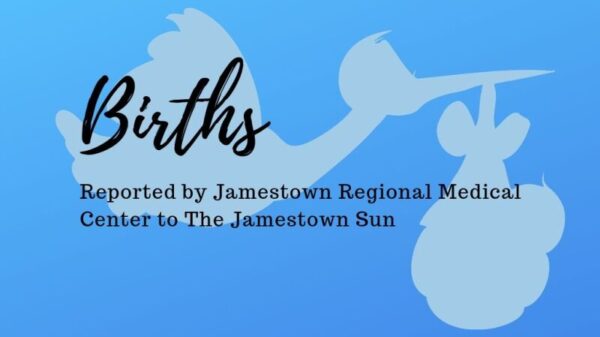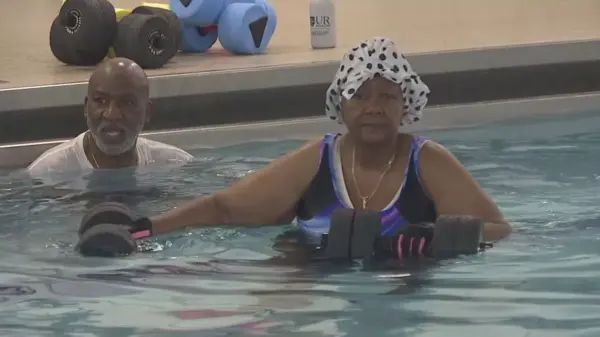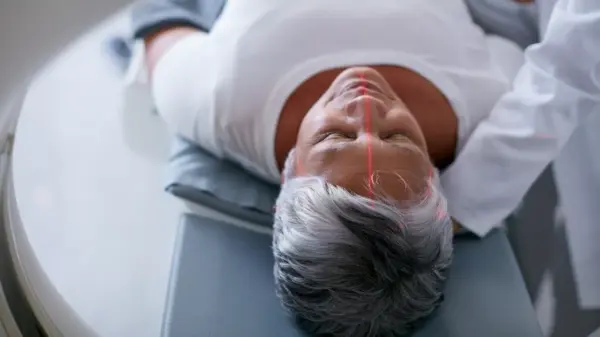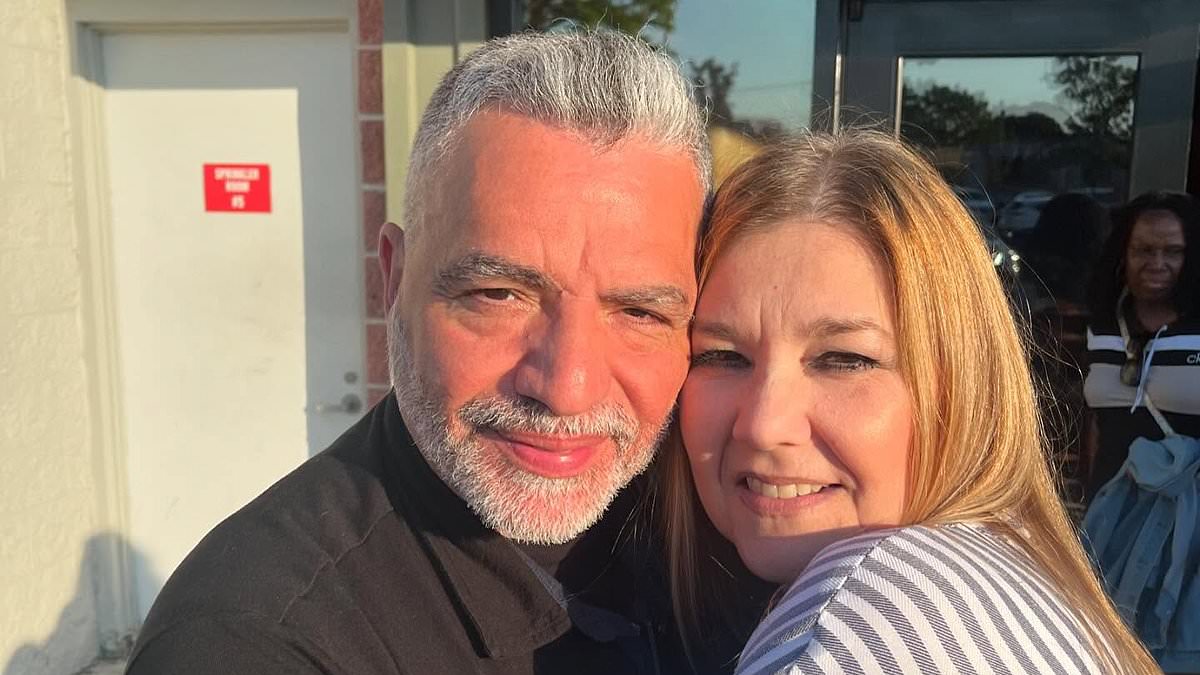Nestor Montalvo, a retired New York police officer, experienced what he initially believed to be a hangover headache, despite not having consumed any alcohol. The pounding in his head soon escalated to blurred vision and numbness on the right side of his body, causing him to collapse. His wife quickly dialed 911, and the 61-year-old was rushed to the hospital.
“Everything started spinning. I went to stand up, and I fell. I just didn’t understand what was going on,” Montalvo recounted. “I couldn’t understand it. I didn’t know why I was feeling that way.” It was only later, amidst concerned whispers from family and doctors, that Montalvo learned he had a mere 15 percent chance of survival.
A Stroke’s Silent Onset
Montalvo was suffering from an ischemic stroke, a condition where a clot obstructs blood flow to the brain, depriving it of oxygen. This type of stroke accounts for 87 percent of all strokes and can result in death or long-term disabilities. According to the Centers for Disease Control and Prevention (CDC), someone in the United States has a stroke every 40 seconds, and every three minutes, a person dies from one.
In the US, approximately 795,000 people experience a stroke annually, with ischemic strokes being the most common.
Symptoms of an ischemic stroke include sudden weakness or numbness, difficulty speaking, vision problems, severe headache, dizziness, and loss of coordination. Montalvo experienced several of these symptoms, highlighting the importance of recognizing stroke signs early.
Urgency in Treatment
Dr. Taylor Kimberley, chief of neurocritical care at Massachusetts General Hospital, emphasizes the critical nature of timely treatment in stroke cases, noting, “Time is brain.” Although not involved in Montalvo’s case, her statement underscores the urgency required to prevent brain damage. The longer a stroke remains untreated, the more severe the damage can become.
Upon arriving at Catholic Health’s Mercy Hospital in Nassau, Long Island, Montalvo’s symptoms immediately triggered a stroke protocol. Within minutes, he was assessed and underwent a CT scan, confirming the stroke. Doctors administered TNK, a clot-busting medication, and performed a minor procedure to ensure the clot was dissolved.
Road to Recovery
Following the initial treatment, Montalvo faced a critical period as his vocal cords ceased functioning, necessitating a tracheostomy—a surgical procedure to aid breathing. For a month, he was unable to talk or swallow. Intensive speech therapy followed, with daily exercises to strengthen his throat and mouth muscles.
After six weeks, Montalvo’s tracheostomy tube was removed, and he underwent additional procedures to repair his throat. By Thanksgiving, he was able to enjoy a meal with his family, marking a significant milestone in his recovery.
Nearly a year later, Montalvo’s life is gradually returning to normal. He continues to use a cane for walking and receives outpatient treatment. Reflecting on his journey, he shared, “You take life for granted, and then when something like this happens, it wakes you up.”
Lessons and Reflections
Montalvo’s story is a stark reminder of the unpredictability of life and the importance of recognizing stroke symptoms early. His determination to recover is a testament to human resilience, as he continues to make progress and hopes to further his recovery.
“You hear people talk about it, and it just sounds like it’s not going to happen to you. All of a sudden, it happens to you,” Montalvo said, capturing the unexpected nature of his ordeal.
The journey from a near-fatal stroke to regaining independence is a challenging one, but Montalvo’s story offers hope and inspiration to others facing similar battles. As he continues to rehabilitate, his experience serves as a powerful narrative of survival and the human spirit’s capacity to overcome adversity.











